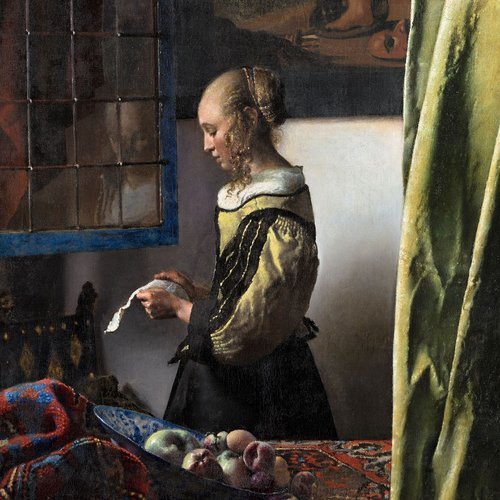Invitation to the media briefing "Timeless Beauty. A History of Still Life"
09 November 2023Einladung zur Pressekonferenz „Zeitlose Schönheit. Eine Geschichte des Stilllebens“
Vibrant flowers, exquisite vases, precious collector's items - the artists of the 17th century were adept at capturing the fragile beauty of the world around them. With the greatest virtuosity, precision and dedication, they brought out all its splendour and opulence. It was only at the end of the 16th century that the still life had emerged as an art genre in its own right and enjoyed a growing popularity. With "Timeless Beauty. A History of Still Life", the Gemäldegalerie Alte Meister is dedicating a comprehensive special exhibition to this genre. Works from the gallery's own collection, shed light on the genre’s history and development as well as its significance for art history.
The exhibition invites visitors to explore the world of the still life and its mysterious visual language: What exactly is a still life? What messages and purposes do these depictions have? What allegories and symbols are concealed within these motifs?
Still lifes were the showpieces of decorative room design, often employing captivating visual illusions (French “trompe-l’œil”), in which the visual effect took centre stage. Over 90 paintings from the museum’s own collection, including works by Frans Snijders, Jan Davidsz. de Heem, Adriaen van Utrecht and Rachel Ruysch, tell stories of wonder, exploration, collecting - and decay. At the same time, they bear witness to world views, scientific curiosity, economic interests and colonial exploitation. The Gemäldegalerie Alte Meister rich collection of 17th century still lifes is ideally suited to illustrating these connections and introducing the viewer to the beginnings of the genre and its presence in portrait and genre painting. Particularly in Christian art, the symbolic meaning of individual plant and animal motifs played an important role. Other sections provide an overview of the genre’s diversity: ceremonial still lifes, hunting scenes, forest floor compositions, flower and fruit pieces, vanitas paintings.
The show is rounded off by loans from the sculpture collection, the Kupferstich-Kabinett, the Grünes Gewölbe, the Porzellansammlung, the Kunstgewerbemuseum and the Mathematisch-Physikalischer Salon of the SKD as well as the Sächsische Landesbibliothek - Staats- und Universitätsbibliothek, SLUB (Saxon State Library - Dresden State and University Library). Some of the paintings have been restored especially for this presentation and after a long time are once again available to the public.
The exhibition will take place in the Winckelmann Forum and is divided into ten chapters. There is a glossary which provides insights into the hidden messages of the paintings. A media station identifies the animal and plant species depicted in selected still lifes and explains their deeper meaning. An audio guide, available for free, provides additional information.
As an accompaniment to the exhibition, the Hatje Cantz Verlag is publishing a richly illustrated book entitled "Still Life - Timeless Beauty", edited by the Staatlichen Kunstsammlungen Dresden, Konstanze Krüger (hardcover, 160 pages, ISBN: 978-3-7757-5113-1, price: €38).
There is a comprehensive programme accompanying the exhibition which offers many different perspectives on still lifes. There will be chances for visitors to explore the artworks in depth by talking to an entomologist, an ornithologist, a botanist or an historian. In cooperation with the Senckenberg Naturhistorischen Sammlungen (Senckenberg Natural History Collections) Dresden and Görlitz, the weekend of 20 and 21 April 2024 will be dedicated to insects and things that live in the soil. There will also be numerous hands-on activities and workshops such as flower arranging and painting courses as well as a variety of events for families and children. Additionally, a free children’s booklet will be available to encourage a playful exploration of the exhibition.
